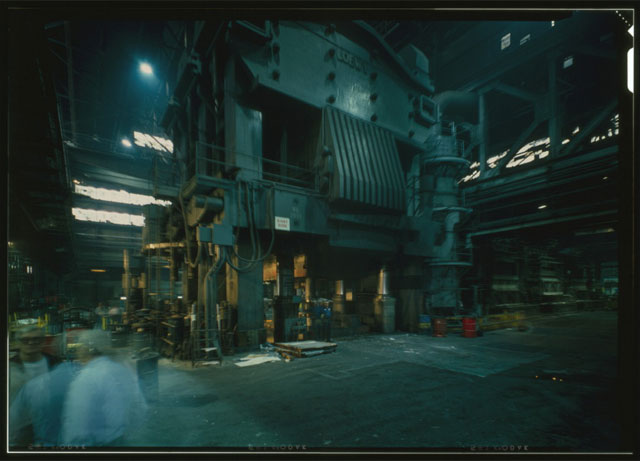I haven't seen it, that's what I said at the beginning, can't tell from pictures with corrosion. If there is no corrosion, I will not go through with my awl, I will not even put a dent in it, a shiny spot at best where it poked through surface corrosion or simple oxidation.
I'm having trouble imagining all this damage you think I'd cause on good metal by tapping it with an awl. If it's corroded through it goes through, if it isn't it doesn't. It's not like I'm testing fabric with a Maule gauge, I'm just taking a quick peek to see if there is metal left at all. Poking a hole through corrosion with an awl is not doing any damage or destruction, that was done already. Anything I can poke through will have to be replaced/reinforced whether I poke through or not, and the cleaning process will create an even larger hole than my awl will.
I can tell you for a fact poking is the primary method of testing all metals for integrity, wood as well.




